Have you ever wondered how effective healthcare systems ensure patients receive the right care at the right time? The answer often lies in a strategic approach known as care management.
But what exactly is care management, and why does it play a vital role in improving health outcomes?
Imagine a system where patient needs are proactively anticipated, care is coordinated seamlessly, and outcomes are continuously monitored.
That’s the promise of care management.
In this article, we’ll explore the key components that make up an effective care management program and uncover the benefits it brings to patients, providers, and healthcare systems alike.
Stay with us as we explore how care management when done right, improves patient experiences, reduces costs, and enhances population health.
At Cadence Collaborative, we’re committed to making this vision a reality, and we’re excited to share our insights with you.
What Is Care Management?
Care management is the bridge that connects patients, providers, and resources in a way that simplifies healthcare delivery.
It’s about creating a system where care isn’t just reactive but proactive—anticipating patient needs, reducing inefficiencies, and ensuring no one falls through the cracks.
Imagine a patient with multiple chronic conditions—diabetes, hypertension, and heart disease.
Without care management, they might see several specialists who don’t communicate with each other, leading to fragmented care.
With care management in place, there’s a coordinated effort to align these services, ensuring the patient gets the right interventions at the right time. That’s the power of care management.
Elements of a Care Management Program
An effective care management program is built on several core components that work together to deliver high-quality, coordinated care.
These elements are crucial for healthcare institutions aiming to improve patient outcomes and streamline operations.
Let’s dive into each component and explore how they contribute to a successful care management program.
Comprehensive Patient Assessment
Assessment is where everything begins. It’s not just about gathering medical data—it’s about understanding the patient as a whole person.
This includes their medical history, current health challenges, social determinants of health, and even personal goals.
For example, let’s say your institution is caring for an elderly patient recovering from surgery. A thorough assessment might reveal they live alone and struggle with mobility.
This insight allows your team to address not just their medical recovery but also their need for home support or physical therapy.
By starting with a complete picture of the patient, you set the stage for truly effective care.
Care Plan Development
Once you understand the patient’s needs, it’s time to create a plan—a roadmap that outlines how to meet those needs effectively.
Care planning is about setting clear goals and identifying actionable steps to achieve them.
For instance, if you’re managing a patient with uncontrolled diabetes, the care plan might include regular check-ins with a nurse, dietary counseling sessions, and follow-ups with an endocrinologist.
But it doesn’t stop there—the plan should also address barriers like transportation to appointments or access to affordable medications.
A good care plan isn’t static; it evolves as the patient’s needs change.
Care Coordination
Coordination is where care management truly shines.
It ensures that everyone involved in a patient’s care—primary care providers, specialists, therapists, and social workers—is on the same page.
Without coordination, vital details can get lost in translation.
Take the example of a cancer patient undergoing chemotherapy.
They might need input from an oncologist, a nutritionist, and a mental health counselor.
Care coordination ensures these professionals collaborate effectively so that treatments don’t overlap or conflict and that the patient feels supported on all fronts.
Monitoring and Follow-Up
Healthcare isn’t static—patients’ conditions can improve or worsen over time.
That’s why monitoring is such an essential part of care management.
It involves regularly checking in with patients to track their progress and adjust plans as needed.
Imagine your institution is managing patients enrolled in a chronic care program.
Monitoring could involve using technology like remote blood pressure cuffs or glucose monitors that send real-time data to your team.
If something seems off—a spike in blood sugar or blood pressure—you can intervene quickly before it becomes an emergency.
Advocacy: Being the Patient’s Voice
Advocacy is often overlooked but incredibly important in care management.
It’s about standing up for patients’ needs within the healthcare system and ensuring their voices are heard.
For example, let’s say one of your patients is struggling to get approval for a life-saving medication due to insurance barriers.
As part of your care management program, your team can step in to navigate these challenges — working with insurers or exploring alternative funding options — so that patients get what they need without unnecessary stress.
The Benefits of Care Management for Institutions Like Yours
Care management doesn’t just benefit patients — it transforms how healthcare institutions operate.
Reducing hospital readmissions and improving outcomes help control costs while enhancing your reputation as a provider of high-quality care.
Imagine this: Your institution implements a robust care management program for heart failure patients.
Over time, you notice fewer emergency room visits because patients are better educated about managing their symptoms at home—and when they do need help, they’re contacting your team early instead of waiting until it’s too late.
This not only improves their quality of life but also reduces strain on your resources.
Examples of Care Management
Care management comes to life through real-world applications that address diverse healthcare needs.
From managing chronic diseases to ensuring smooth transitions between care settings, these examples highlight how care management programs improve outcomes and enhance patient experiences.
Let’s explore some key scenarios.
Chronic Disease Management
Chronic disease management focuses on helping patients with ongoing conditions like diabetes, hypertension, or Chronic Obstructive Pulmonary Disease (COPD) lead healthier lives while reducing hospitalizations.
For example, a rural healthcare facility implemented a chronic care management program for COPD patients using remote patient monitoring (RPM).
Patients used devices at home to track their vital signs, such as oxygen levels and heart rate, which were sent directly to their care team.
When abnormalities were detected, the team intervened promptly, preventing complications.
Over a year, this program reduced hospitalizations by 65% and emergency visits by 44%, significantly improving patient outcomes while cutting costs.
Another success story involved a diabetes management program where care managers provided education on diet and medication adherence.
Patients received regular check-ins and personalized guidance, leading to better blood sugar control and fewer complications.
Transitional Care Management
Transitional Care Management (TCM) ensures that patients receive the support they need during critical transitions, such as moving from hospital discharge to home care.
These moments can be overwhelming for patients and their families, as they often involve new medications, follow-up appointments, and lifestyle adjustments.
Without proper coordination, patients are at a higher risk of complications or readmissions.
For example, after a hospital discharge, a TCM program might include a follow-up call within 48 hours to review discharge instructions, confirm medication schedules, and address any immediate concerns.
Additionally, care managers can coordinate follow-up visits with primary care providers or specialists to ensure continuity of care.
This proactive approach reduces the likelihood of missed appointments or misunderstandings about treatment plans, helping patients recover safely and confidently.
Elderly patients transitioning to assisted living facilities also benefit greatly from TCM.
By coordinating medication plans and educating caregivers on warning signs of potential health issues, care teams can ensure smoother transitions and reduce stress for both patients and their families.
Preventive Care Programs
Preventive care programs focus on identifying health risks early and promoting healthier lifestyles to prevent the development of chronic illnesses.
These programs are essential for reducing long-term healthcare costs and improving population health outcomes.
For instance, routine screenings for conditions like hypertension or diabetes can detect issues before they escalate into more severe complications.
A patient identified as pre-diabetic during a screening might be enrolled in a lifestyle counseling program that focuses on dietary changes and physical activity.
Over time, these interventions can significantly reduce the risk of developing type 2 diabetes.
Preventive care also extends into community outreach. Clinics may host events offering free vaccinations or check-ups to underserved populations.
These initiatives not only improve access to care but also foster trust within the community while addressing health disparities.
Technology in Care Management

In our journey to make healthcare more effective and personal, technology has become an essential partner.
Electronic Health Records (EHRs): Making Information Accessible
Think of Electronic Health Records (EHRs) as the digital backbone of healthcare.
They store all your important health information in one place, making it easily accessible to your healthcare team.
This means when you visit different doctors, they can all see the same up-to-date information about your health, helping them make better decisions together.
Imagine you’re juggling appointments with a few specialists.
With EHRs, you don’t have to worry about repeating your medical history each time.
Your doctors are already in the loop, which means fewer chances of duplicated tests or mixed-up treatments.
Remote Patient Monitoring
Remote Patient Monitoring (RPM) uses devices like wearables and apps to keep track of your health when you’re not at the doctor’s office.
This is especially helpful if you’re managing a condition like diabetes or high blood pressure.
Picture this: you’re wearing a device that monitors your heart rate or blood sugar levels throughout the day.
If something unusual pops up, your healthcare team gets an alert and can check in with you before things get serious.
It’s like having a safety net that catches potential issues early, giving you peace of mind.
Plus, RPM puts more control in your hands.
You can see your health data in real time, helping you stay on top of your treatment plan and understand how your lifestyle choices affect your health.
Patient Portals
Patient portals are like having a healthcare hub online.
They let you access your medical records, schedule appointments, and even message your doctor directly—all from your computer or smartphone.
Let’s say you have a question about a new medication but don’t want to wait for an appointment.
With a patient portal, you can send a quick message to your doctor and get answers without leaving home.
This convenience makes managing your health simpler and more straightforward.
Having this kind of access helps demystify healthcare processes and encourages you to be more involved in your care.
It’s empowering to know that you can take charge of your health journey with just a few clicks.
How We Help Your Practice Improve Care Management
At Cadence Collaborative, we understand the transformative power of effective care management.
It’s not just about improving patient outcomes or reducing costs—it’s about creating a seamless, efficient healthcare experience for both providers and patients.
Our dedicated clinical team acts as an extension of your practice, managing alerts and coordinating care without adding extra strain on your staff.
Together, we can optimize your care management programs to deliver exceptional patient care and improve operational efficiency.
Let’s work hand-in-hand to build a more connected, effective healthcare system that benefits everyone involved. If you’re ready to take your practice to the next level, contact us at +1 401-743-2428.






